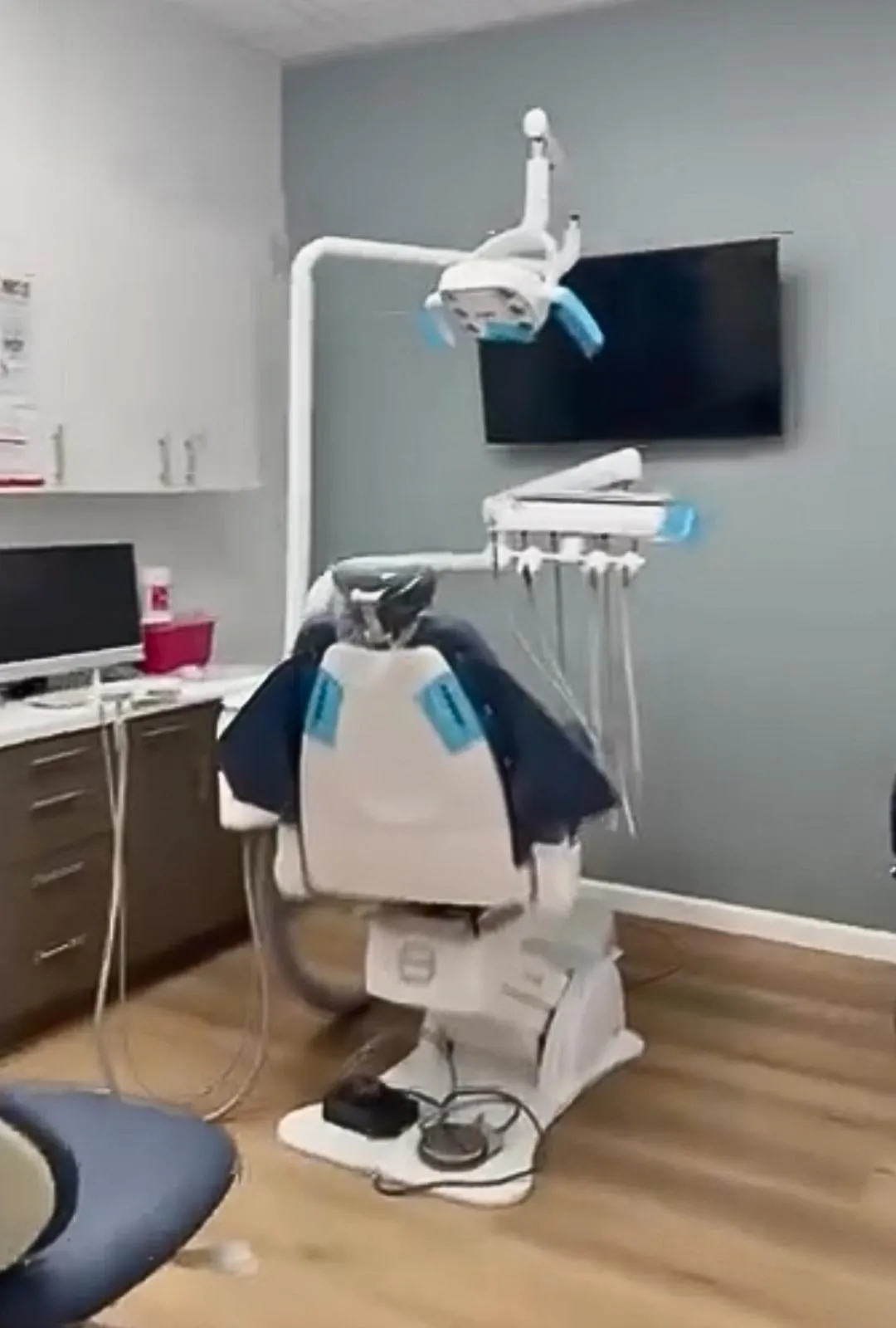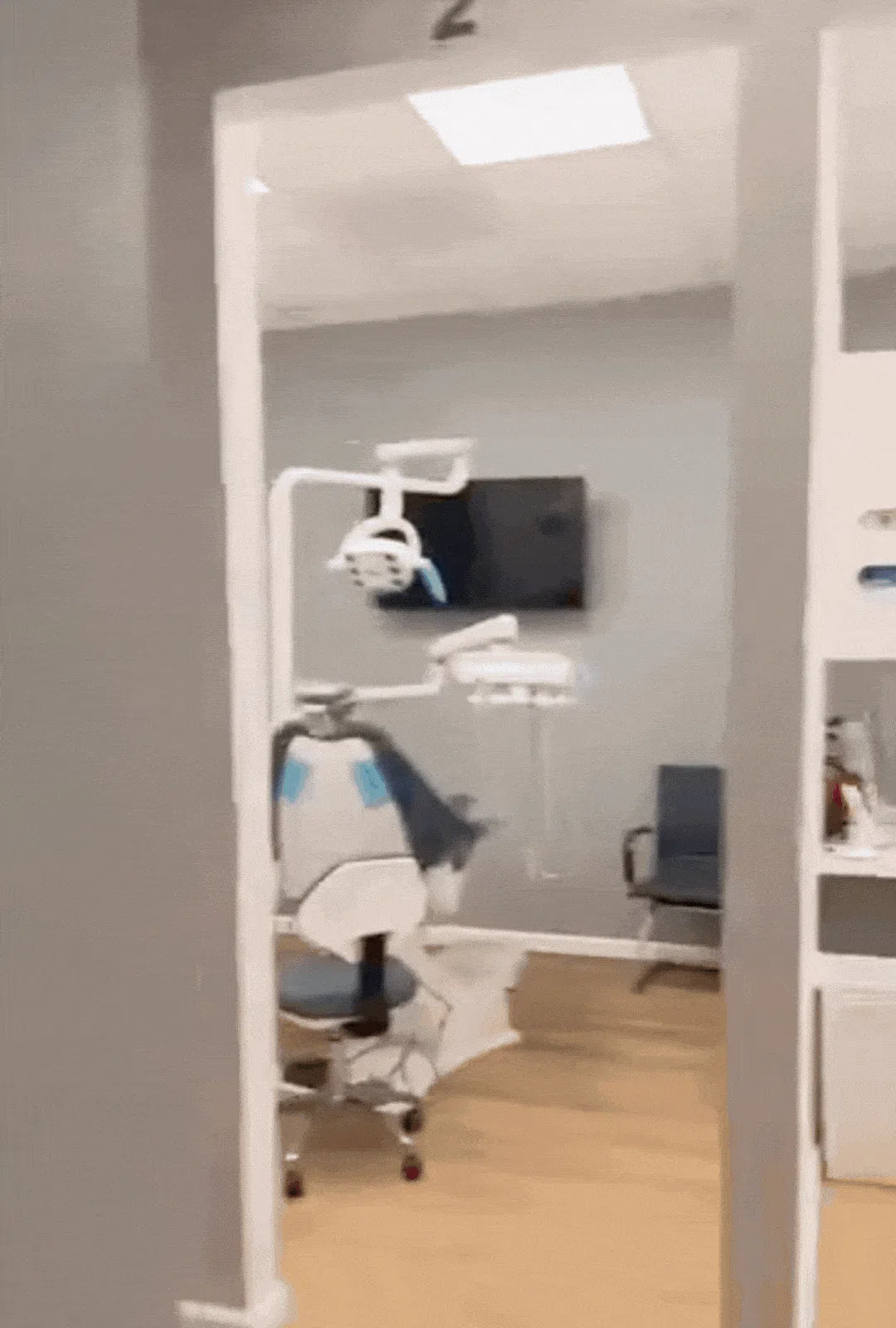
Anesthesia in Dentistry: Understanding Your Pain Relief Options
Anesthesia
Thanks to modern advancements in dental anesthesia, discomfort during dental procedures is now largely a thing of the past. Whether you're getting a filling, a root canal, or just feeling nervous about your visit, there's likely a pain relief method that fits your needs.
This guide explains the types of anesthesia used in dentistry and how they help keep you comfortable before, during, and after treatment.
What Is Dental Anesthesia?
Dental anesthesia refers to medications used to numb pain or help you relax during a procedure. These medications range from mild over-the-counter pain relievers to stronger sedatives that place you in a state of deep relaxation or even sleep.
Some patients—especially children or those with dental anxiety—may need a stronger form of anesthesia to feel fully at ease during treatment.
Types of Dental Pain Relief
1. Analgesics (Pain Relievers)
These are commonly used to reduce discomfort after a dental procedure. Examples include:
Ibuprofen
Acetaminophen
Aspirin
They’re typically recommended after treatments like tooth extractions or root canals, where mild to moderate soreness may occur.
2. Anesthetics
These medications block nerve signals, preventing pain in a specific area.
Types:
Topical Anesthetics: Applied directly to the gums using a swab. Often used to numb the site before an injection.
Injectable Anesthetics: Medications like Lidocaine or Novocaine are injected to fully numb a region of the mouth. These are essential for procedures like fillings, crowns, and root canals.
Topical and injectable anesthetics are often used together for maximum comfort.
3. Sedatives
Sedation helps reduce anxiety and tension during dental visits. Sedatives are often used alongside anesthetics to create a more relaxed experience.
Types of Sedation:
Inhalation Sedation (Nitrous Oxide or “Laughing Gas”): Delivered through a small mask. Keeps you calm and wears off quickly.
Oral Sedation: A pill taken before the procedure to promote relaxation.
IV Sedation: Administered directly into the bloodstream. Patients remain conscious but deeply relaxed.
General Anesthesia: Used for complex procedures or patients with special needs. You are completely unconscious and closely monitored.
Which Option Is Right for You?
Your dentist will help you choose the best type of anesthesia based on:
The complexity of the procedure
Your pain tolerance
Medical history
Anxiety levels
The goal is always to keep you as comfortable and safe as possible.
Nervous about your next visit? Contact our office to talk about your dental anesthesia options. We're here to ensure every visit is gentle, stress-free, and tailored to your needs.










